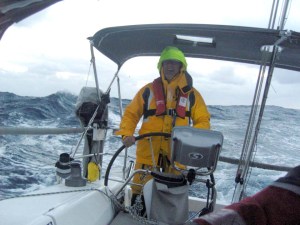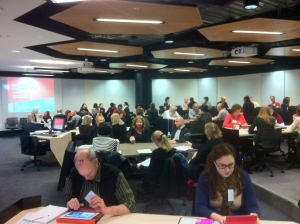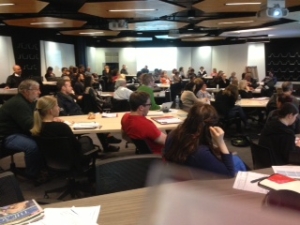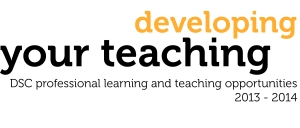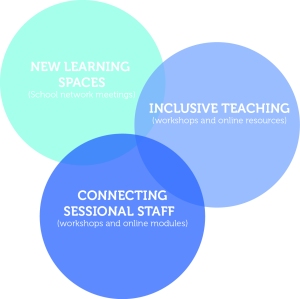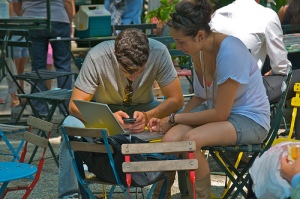This week Associate Professor Peter Ellis, Deputy Head of School, Learning and Teaching, School of Art writes about his school’s guidelines on how to explain feedback to students in the creative disciplines.
School of Art: Feedback notes for Students
Work Integrated Learning (WIL) Group Tutorials
Individual Tutorial Guidelines
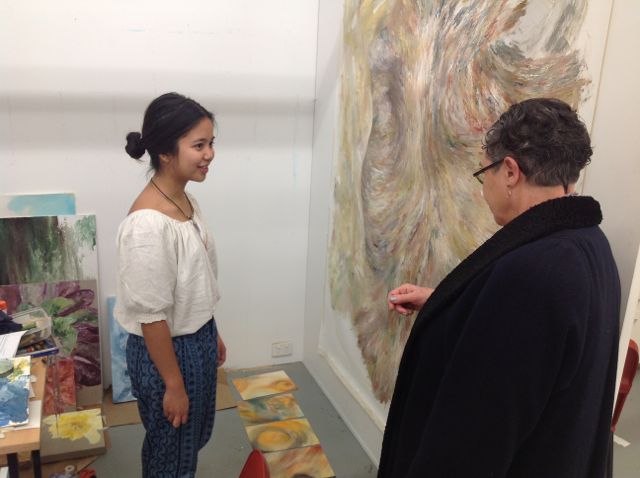 This week’s Teaching TomTom post seeks to provide staff in the college of Design and Social Context (DSC) with some guidelines on how to explain feedback to students in the creative disciplines. The notes have been designed for students within the School of Art, but may be of interest for other schools too.
This week’s Teaching TomTom post seeks to provide staff in the college of Design and Social Context (DSC) with some guidelines on how to explain feedback to students in the creative disciplines. The notes have been designed for students within the School of Art, but may be of interest for other schools too.
Attached to this post are Notes on feedback for students designed to inform students on, what feedback is, the types of feedback, how it is given and by whom.
The main idea behind this document is to provide new introductory students and staff with some useful notes on the importance of feedback and how it can be adapted for individual tutorials, Work Integrated Learning Group Tutorials, and Formative and Summative assessment.
The key points being that feedback is a continuous activity, not just at assessment, that it is the way students learn and that it is designed to:
- Inform them on how well they are meeting the criteria for assessment
- Inform them on how well they are meeting the learning objectives of courses or projects within courses.
Feedback is designed to:
- Be supportive, clear, and honest
- Assist in moving forward with their work in a confident, positive and manageable way
- Be delivered in a way that clearly indicates what they should do to improve their work and how to move forward to the next level of their learning
Feedback should focus on the successful things your students are doing well, as well as things that need more attention, in order to improve and make their work stronger. Feedback is inclusive, individual and supportive. It is important that all feedback is given in a collegial, positive and supportive learning environment, where there is respect for individual opinion, gender and cultural diversity.
It includes strategies for conducting tutorials including the use of WIL feedback forms that are designed for students to record and reflect upon feedback provided to them by peers and lecturers during WIL group tutorials. The WIL forms that the student present for assessment clearly enables staff to ascertain if the student has understood the feedback that was offered to them.
The WIL form allows students to upload an image of the art work discussed, six keywords that exemplify the work, a description of the artist’s intentions for the work, a section to record the peer and lecturer feedback, and a section on how they will progress with the work after reflection on the feedback. WIL feedback forms also have a section for students to record suggestions from peers and staff about artists they should research, both historic and contemporary, bibliographic ideas, writers, films, critical theory, websites, magazines, YouTube etc. that may be useful for the their progress.
In an environment where the Course Experience Survey (CES) is an important tool for measuring student responses to the feedback we provide, it is crucial that both students and staff are aware of the importance of explaining and understanding what feedback is, that it is continuous in studios every day and is provided in a positive and supportive way.
The feedback we provide must be informed and supportive to encourage, inspire and provide strategies for continual improvement.
Please find some time to look at the attached Notes on feedback for students and provide advice.
I acknowledge Sally Mannall’s assistance in the preparation of the attached notes for students.
Share your thoughts, comments or start a discussion on ‘Explaining Feedback to Students’ by leaving a reply in the comments section!
Find us on:
Facebook: www.facebook.com/teachingtomtom
Twitter: @teachingtomtom
WordPress: teachingtomtom.com
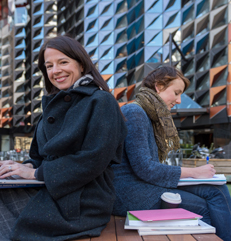



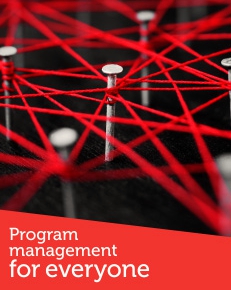
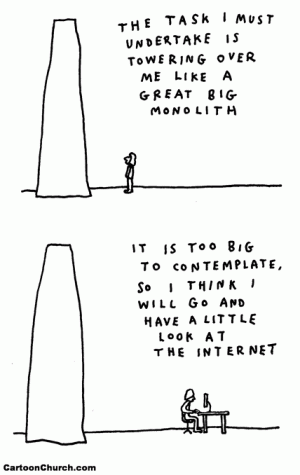




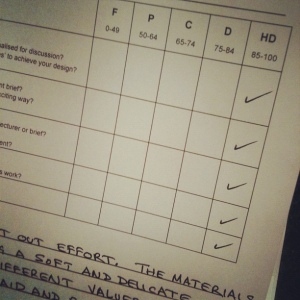 In Melbourne, it’s the last week of scheduled classes and nearing the long break over the southern summer. Whilst thoughts may be wandering towards holidays, sun, the beach and all those great ‘Aussie’ pastimes, it’s time to assess and grade our students.
In Melbourne, it’s the last week of scheduled classes and nearing the long break over the southern summer. Whilst thoughts may be wandering towards holidays, sun, the beach and all those great ‘Aussie’ pastimes, it’s time to assess and grade our students.